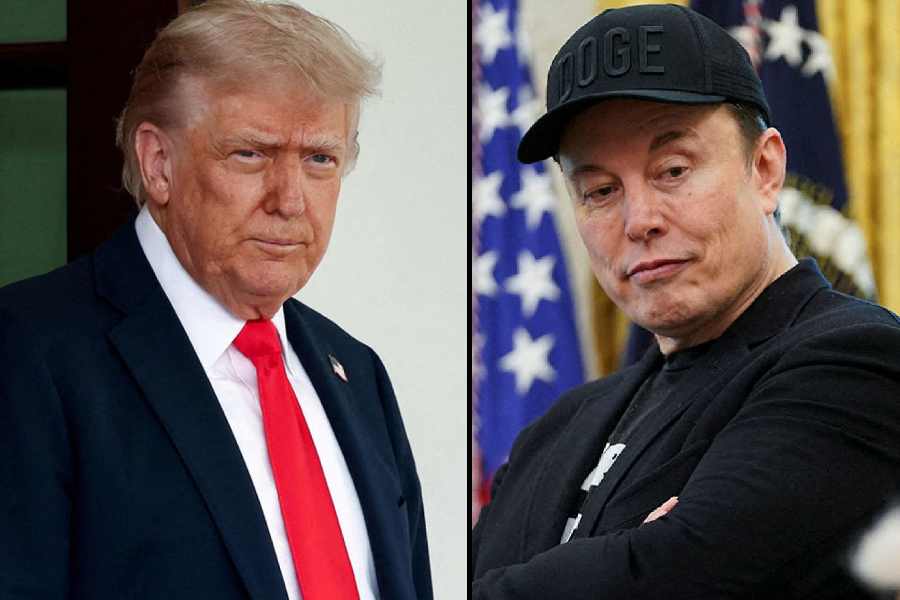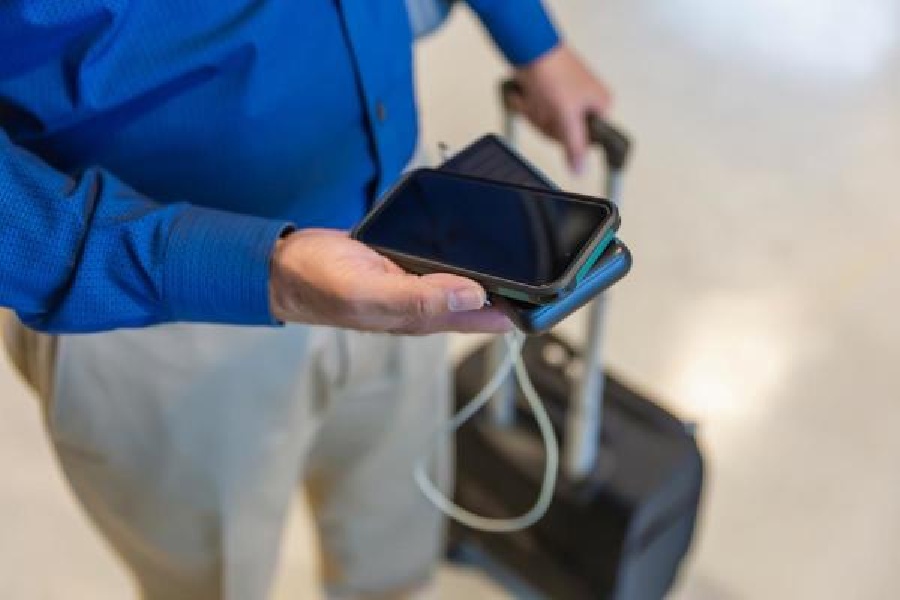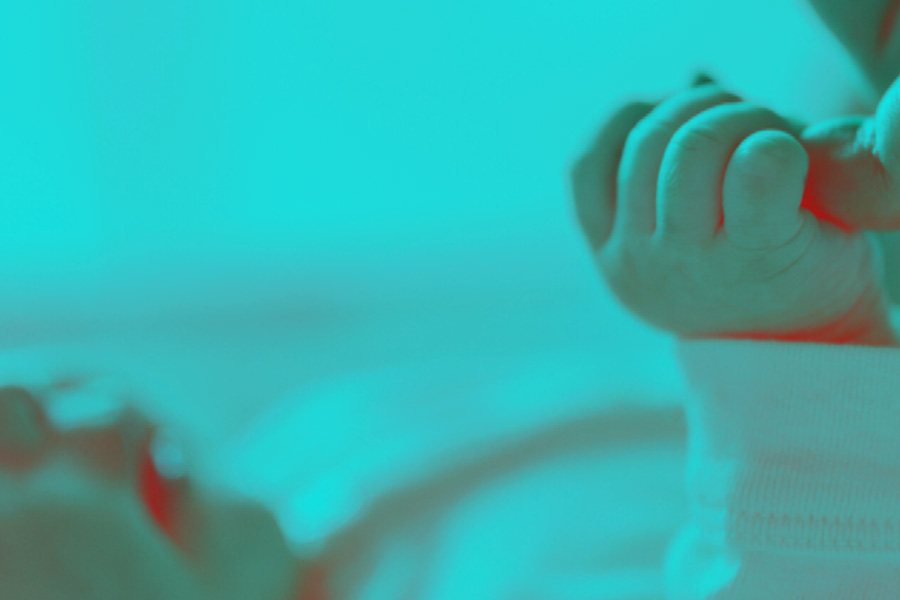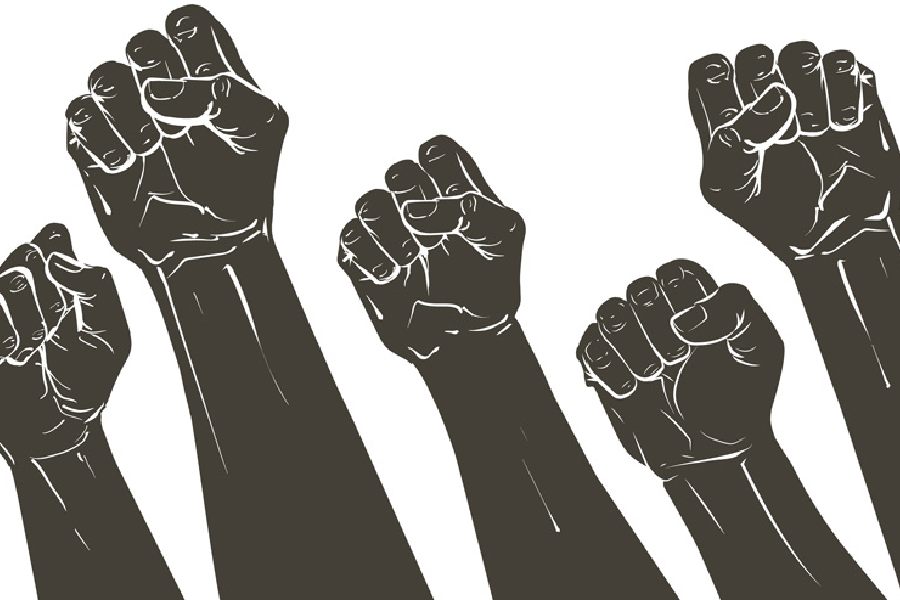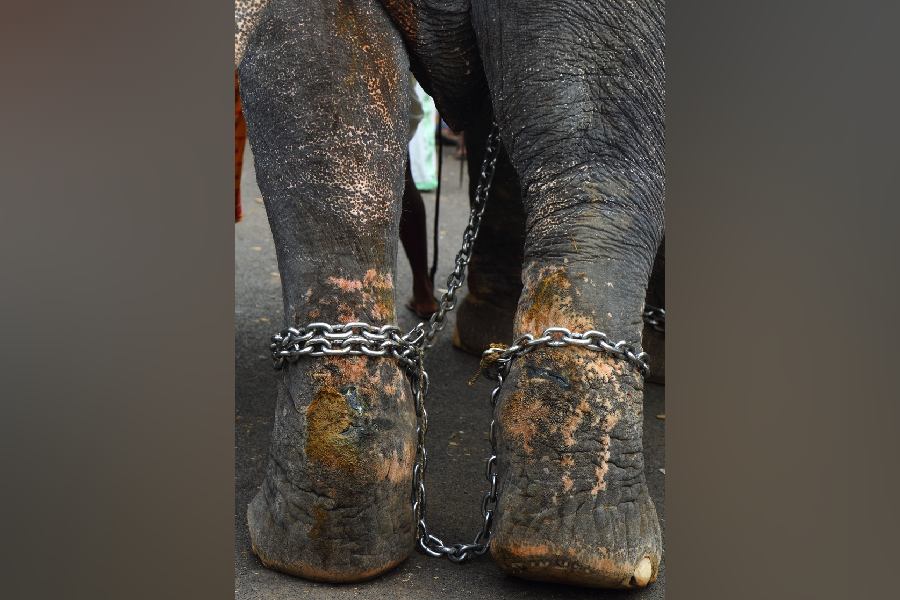It all begins with the eye, an impeccable “image processor” or camera born out of millions of years of natural evolution. But when it comes to surveillance, the human eye turns out to be far from perfect, calling for smarter vision systems that would never tire of keeping vigil 24/7, in all directions. “In an era of terrorism, security experts realise that even thousands of cameras may miss potential threats because the process ultimately has to rely on the human eye, which is prone to oversight, error and fatigue. In most cases, security personnel watch or review the video feeds after the event has already occurred,” says Tinku Acharya, innovator-cum-entrepreneur of an intelligent video system.
A former engineer at Intel Corporation in the US and co-inventor of webcameras used in personal computers, Acharya is now into bigger things. “Even in the best of cameras, it’s the processing and software that makes it a capable surveillance system,” he says.
Acharya runs his own company called Videonetics, which is based in Sector V in Salt Lake, Calcutta. He calls his latest brainchild “Intelligent Video Analytics,” an automatic surveillance system that keeps an eye on endless video feeds taken by closed-circuit TVs or cameras, and generates an alert within seconds if it notices any suspicious activity. “It enhances existing video surveillance systems by automating the monitoring and helps detect security breaches much in advance,” adds Debasish Ghosh, his co-worker.
The existing technique involves getting several video monitors scanned by security personnel. However, manual monitoring of video images entails the risk of missing key events. “Our system is like a search carried out by a large number of software agents who never miss anything suspicious,” he says. It reminds one of hordes of Agent Smiths — as in the movie Matrix — who start out in different directions and report what they see unerringly. “The system works without an operator having to view the video. The automated software can generate an alert in the laptops or mobile phones of security workers in case of a breach.”
It also makes the challenging process of handling, archiving and searching through a massive amount of video feeds a cakewalk. The best thing about the software is that it’s user-friendly, can be customised easily and made to work in an Indian environment— full of dust and with a high population density.
So how does the software work? “Videonetics’ Intelligent Video Analytics (or Viva) has got a unique algorithm which analyses a video sequence, detects moving objects in a sequence, and classifies humans, non-humans and inanimate moving objects in the scene online,” explains Acharya. But the techno wiz will not reveal any more since the patent for it is pending with the US patent office.
“In video analytics, we try to share a bit of our intelligence with the machines,” says C.A. Murthy, head of the machine intelligence unit, Indian Statistical Institute, Calcutta. “The advantage with machines is that they don’t suffer from human frailties like fatigue and distraction,” he adds. However, Murthy admits that sometimes even machines are not foolproof. “Such software often generates false alarms and is also bad at reading facial expressions,” he says. Despite its shortcomings, it can make things easier for security staff at airports, industry or government enterprises (see box). “With smarter cameras in the infra-red range, the system can even be trained to pick out things (such as hidden explosives) that are invisible to the normal eye,” he adds.
Incidentally, Viva is undergoing test drives at traffic intersections in the city for monitoring vehicles. Additional commissioner of police Sivaji Ghosh, who was associated with the project until recently, confirmed that pilot tests are still on. “Our systems are soon going to be installed in several high security zones across the country,” says Acharya.
So, miscreants, beware. You can run, but you can’t hide.
EYE IN THE SKY
 |
 |
Licence plate reader
Scans the licence plate of vehicles and runs them through the optical character recognition software to detect undesirables. Traffic managers can use this to track illegal parking, jumping red lights and speed limit violation
 |
Intruder detection
Computer-vision systems automatically detect illegal entry at a certain place. Can be used to watch out for potentially dangerous activity in high security zones at airports, industry, hotels or even homes
Artifact protection 
Cameras built into the ceiling of a museum or jewellery shop can monitor people’s behaviour, and the system generates an alert whenever it senses anything suspicious — an attempt to remove, steal or destroy materials.
 |
Unattended object identification
Computer-vision systems kick in whenever they detect an object left unattended in a particular spot for a substantial duration in order to alert against a possible explosion
 |
Face detection
Scanners detect a person in the crowd and capture the image of his or her face for storage in the database, or match it with pictures of criminals or suspects


